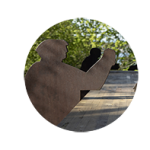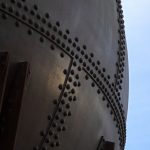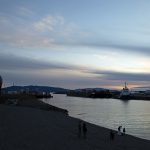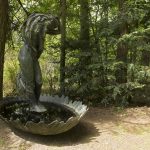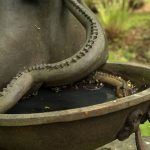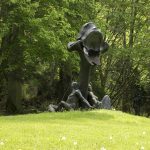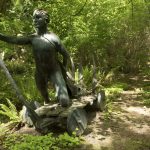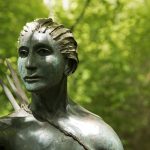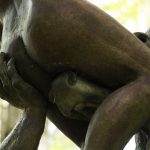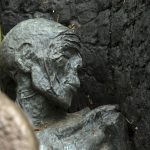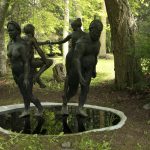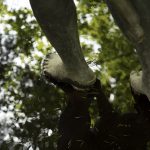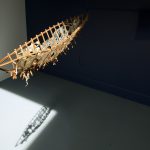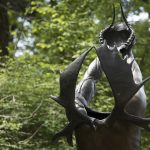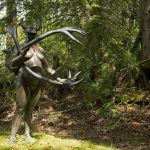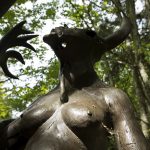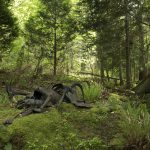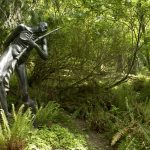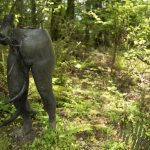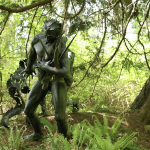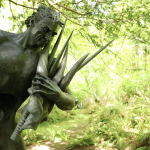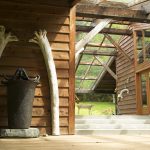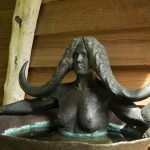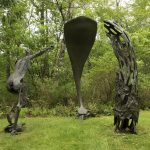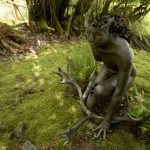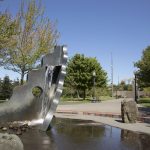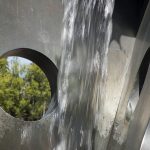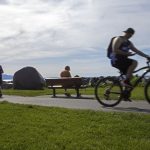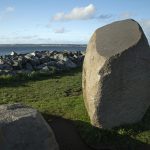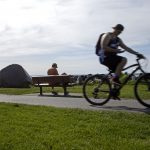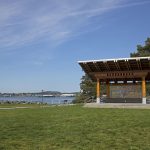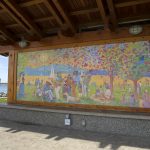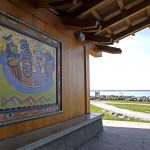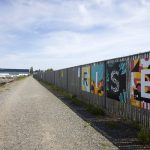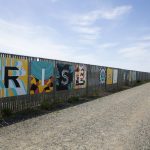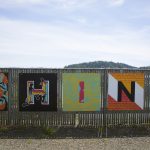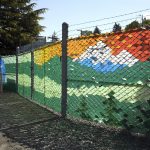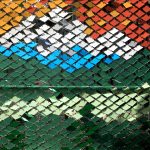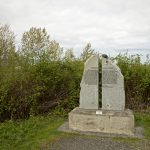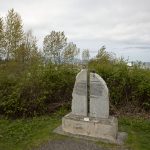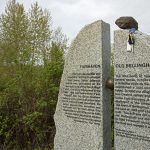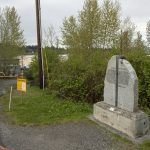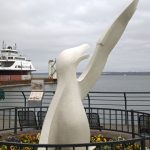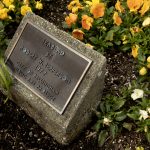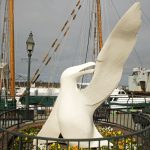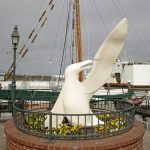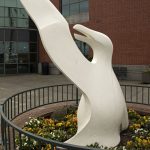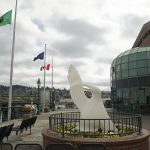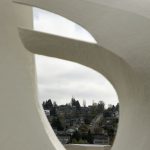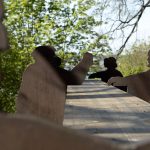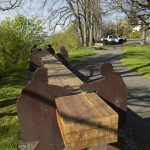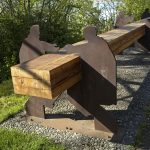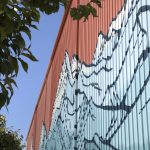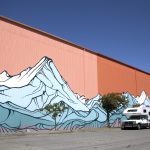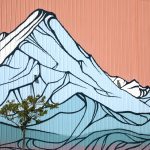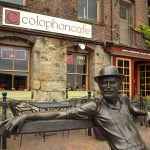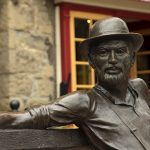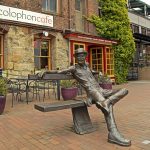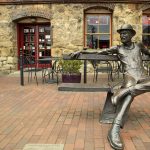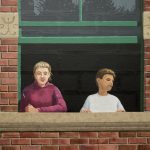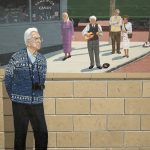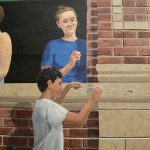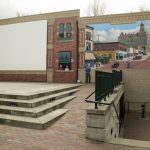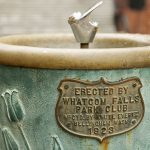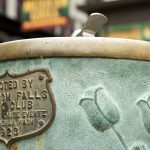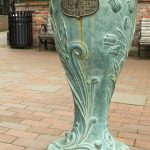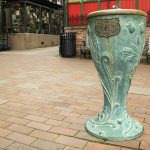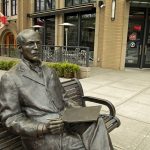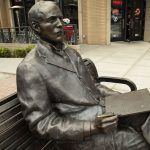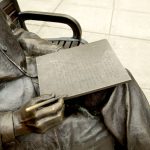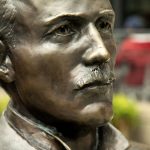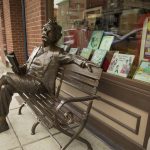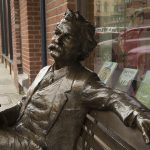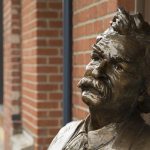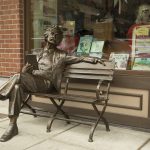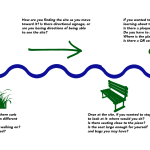ACCESSING ART EXPANDING THE IDEA OF ACCESSIBLE \"PUBLIC\" ART AROUND BELLINGHAM BAY
By Kelly Pearce
In the 1960s, the idea of taking fine art to the ‘real world’ by placing it outside created a trend in the art industry that spanned across the states, from small towns to big city\’s alike. Everyone wanted to make it, and everyone wanted to see it.
Now, nearly six decades later, public art is commonplace in universities, towns, cities and major institutions around the world. Art commissions and city officials are given the responsibility to commission, organize and plan installations, and some state and city initiatives require set funding to put art up in public spaces. It has become a near necessity for people to have public art where they live.
Bellingham is a city rich with all kinds of artistry. Western Washington University has one of the most expansive on-campus art collections in the region. Theaters, galleries, artist studios, and music venues line the streets of downtown. The waterfront, one of the city\’s most rapidly developing and popular spaces, is ideal for installing creative work to reach the community.
But does all this mean it\’s accessible to everyone?
According to the 2012 U.S. Census Bureau, nearly one out of five Americans have a disability, whether it be sensory, mobility, visual, intellectual or physical.
Though the Americans with Disabilities Act passed in 1990, there’s still room to grow when it comes to creating accessible spaces. Plans to make full accessibility accommodations to existing cities can be 50, maybe even 100, years out from being considered “complete.\”
This means a vital percentage of our population does not have full access to one of the most celebrated, awarded and culturally unique aspects of Bellingham. I invite you to explore the videos and information below to learn more about public art, its accessibility within Bellingham, and what inaccessibility looks like.
Western Gallery Director Hafthor Yngvason and AbiliTrek Communications Director Kyann Flint speak on the importance of public art to a community, and why it\’s important to engage people in designing public spaces.
Art by the Bay
Search the map to find a piece of art near you.
Click the tabs below for natural sounds, galleries, and accessibility information on each site.
Downtown Bellingham
Lummi Island
Along Boulevard
Fairhaven
How can you be more aware?
What does it take to notice inaccessibility around you? What factors play into who can access art and public spaces?
Next time you visit or stumble upon an art piece, consider the following questions.





